
What are the Different
Types of Dental Implants?
Your one-stop destination for comprehensive dental care
Dentistry is a field that offers solutions to a variety of dental problems, from routine cleanings to complex procedures. Whether cost is an issue, financing is needed, or a busy schedule presents a challenge, dentistry offers options to address these concerns and provide quality care.

Dental implants are used in many situations as an effective solution to replace a single tooth, multiple teeth or a full set of teeth. All dental implants are comprised of titanium, a bio-compatible material that is safe for placement in one’s mouth and ideal for fusing with one’s gum and bone tissue. Once placed, dental implants fuse with your natural gum and bone tissue, forging a strong and stable foundation for your prosthetic teeth.
There are several different types of dental implants that are appropriate in different situations, including:
Endosteal dental implants are the most common type of dental implant, which is placed into one’s jawbone by way of the tooth root. These dental implants may be in the shape of screws, cylinders or plates.
A less common form of dental implants are subperiosteal implants, which are placed under the gumline but above the jawbone, instead of into the jawbone like endosteal implants. Subperiosteal implants are used in situations where a patient has insufficient jawbone density and placement of one’s dental implants directly into the jawbone is not recommended.
The size of dental implants also vary with mini, narrow or shorter dental implants available for those with insufficient gum and bone tissue who cannot withstand traditional dental implants. The number of dental implants used in a treatment also varies. Here are several different situations in which dental implants might be used:
To replace a single tooth, one dental implant is surgically placed directly into the missing or extracted tooth’s root. A custom prosthetic tooth is designed to match the exact shading, shape and size of the natural surrounding teeth, so once the tooth is replaced, no one will know which teeth are natural and which are not.
In situations where multiple adjacent teeth are missing, a permanent implant-supported bridge may be used, which don’t rely on or damage natural adjacent teeth like other dental bridges do.
With proper care, including daily brushing and flossing and regular visits to your dentist for exams and teeth cleanings, dental implants are a permanent tooth replacement solution that can last a lifetime.
When all of a person’s teeth are missing, dental implants – either All-on-4 or traditional – can be used to replace a full set of teeth.
While the treatment methodology and procedures are similar, different types of dental implants are used to meet the needs of each patient and his or her distinct dental situation. If you have been told that you are not able to receive dental implants due to insufficient bone or gum tissue, one of our smaller or less invasive dental implant procedures might be the ideal solution for you. Contact our office to see what different types of dental implants are available for you.

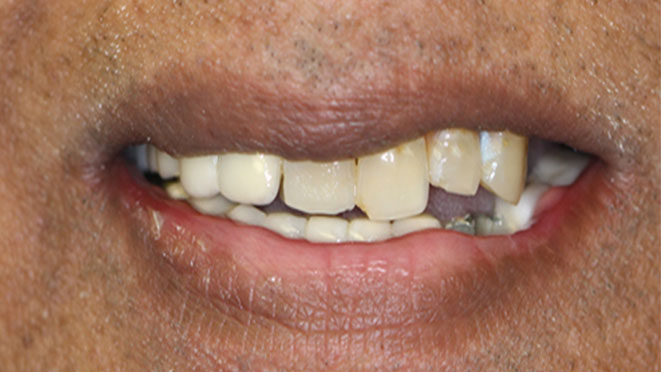
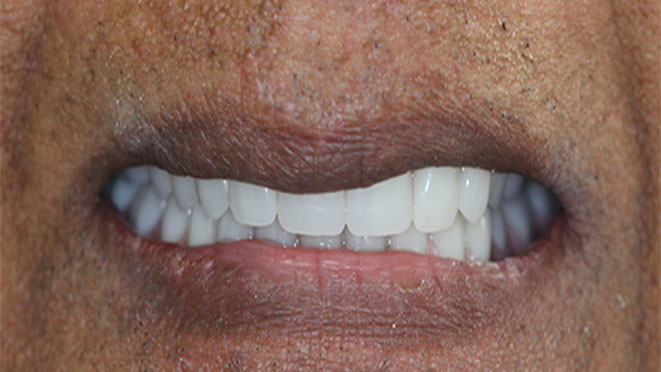
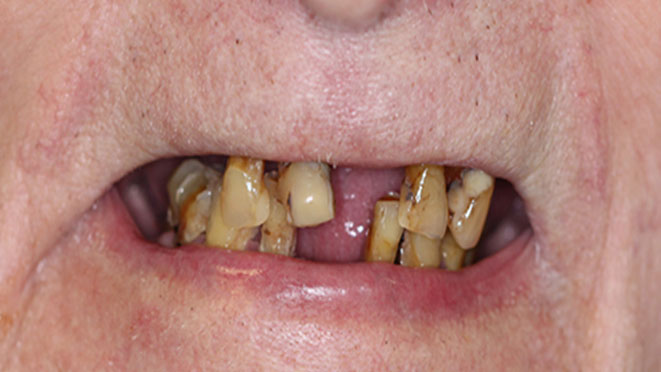
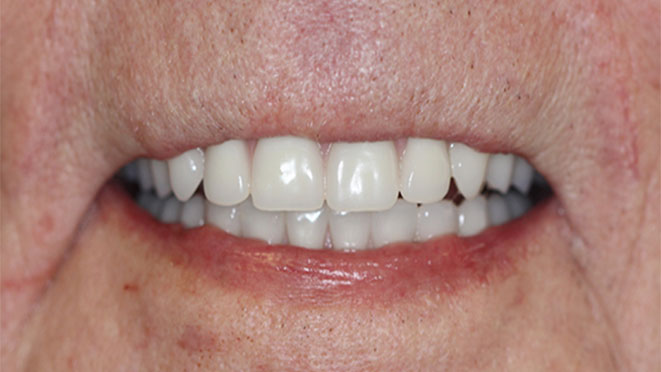
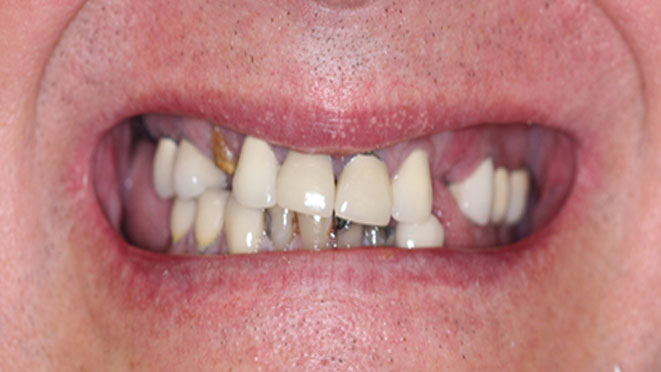
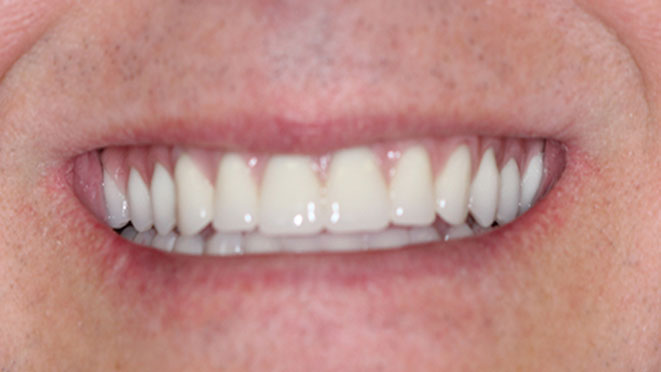
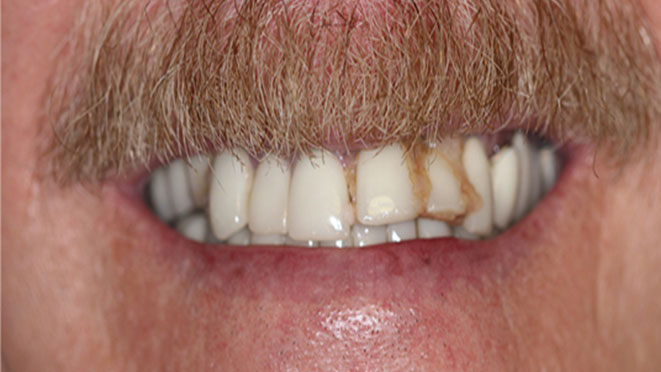
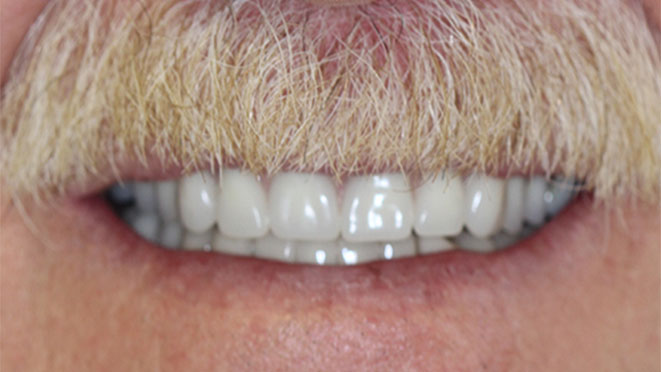
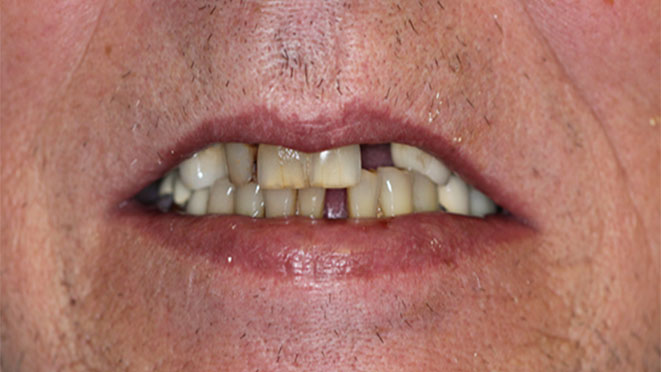
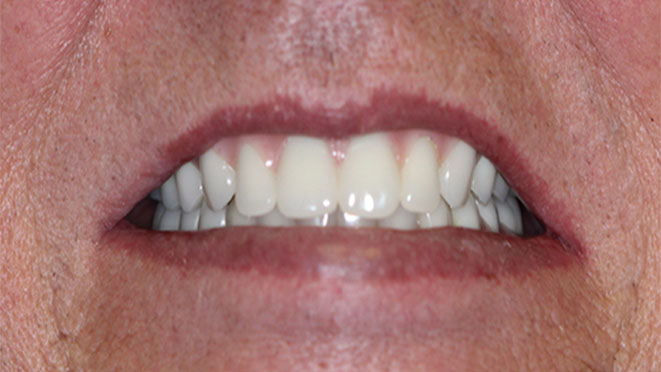
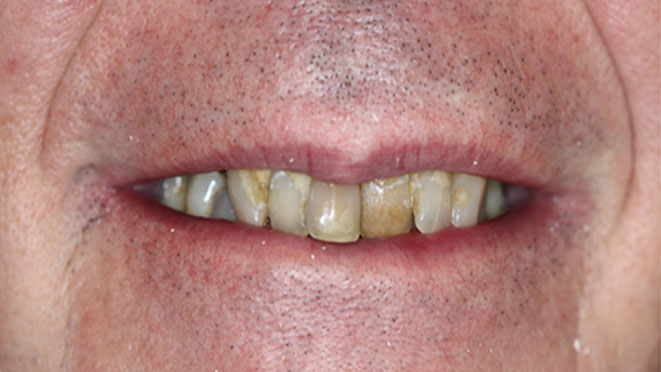
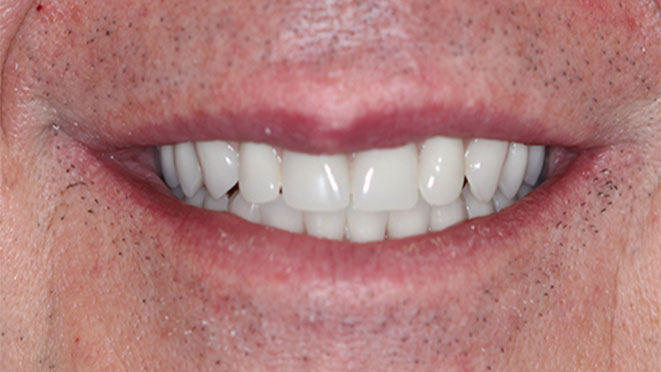
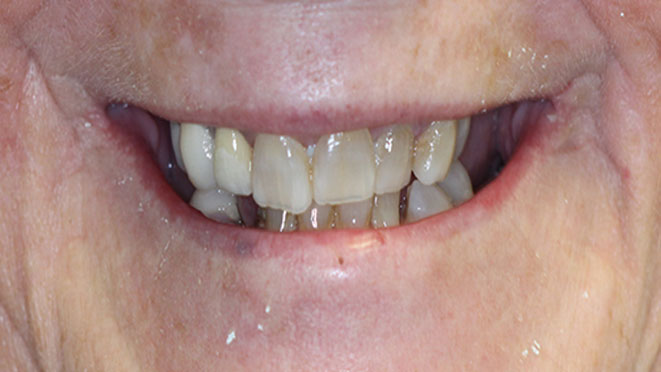
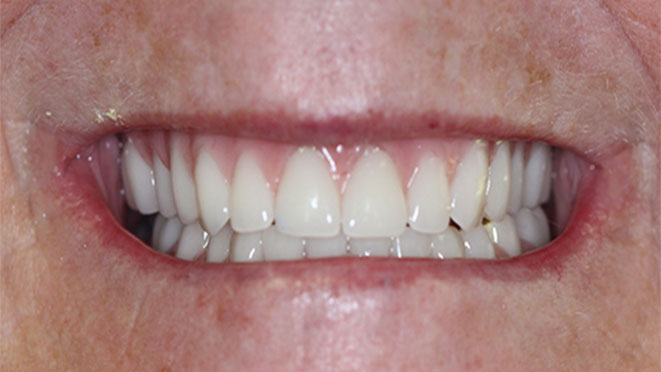
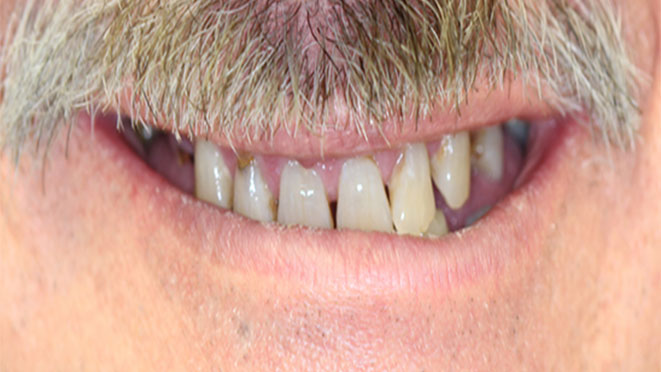
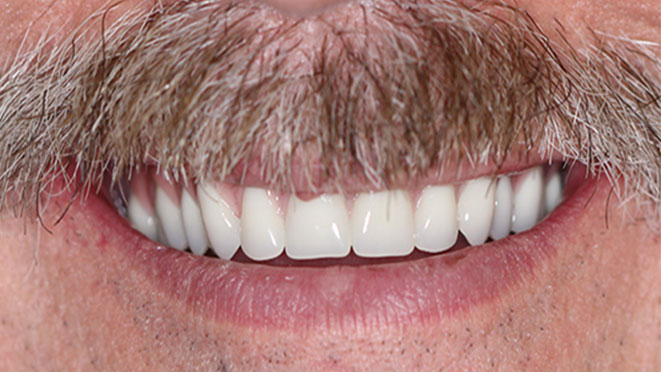
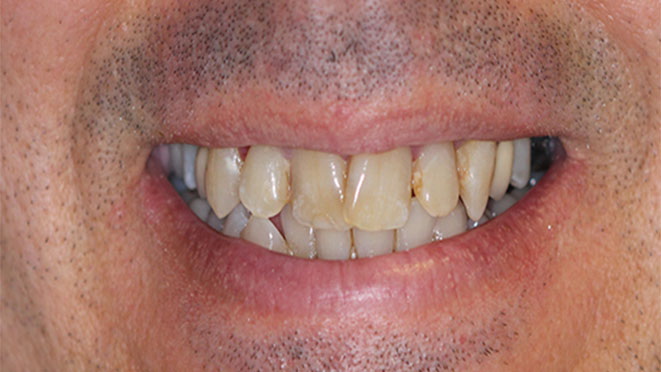
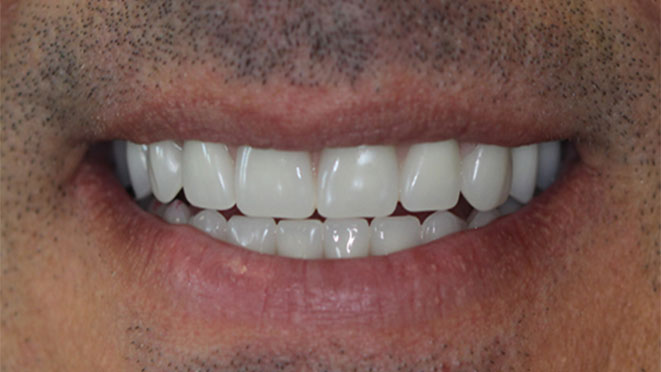
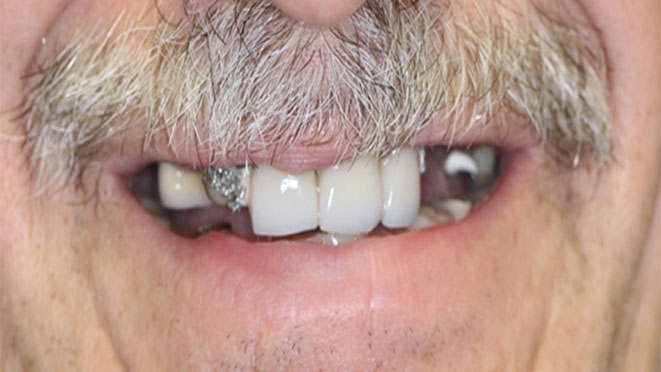
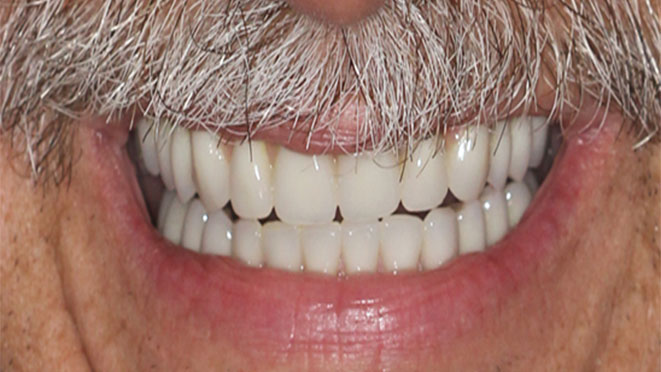
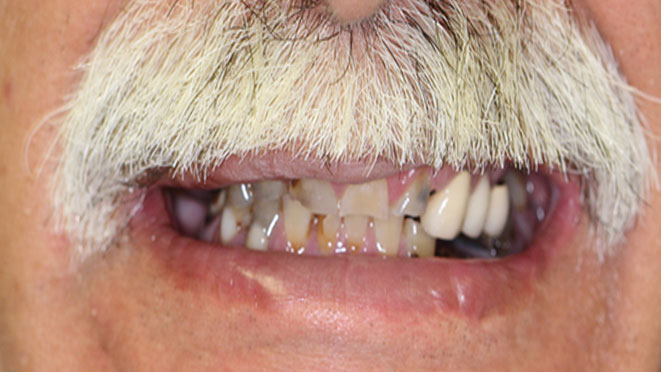
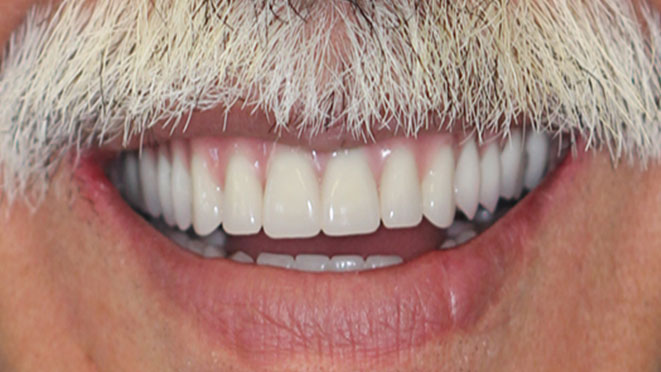
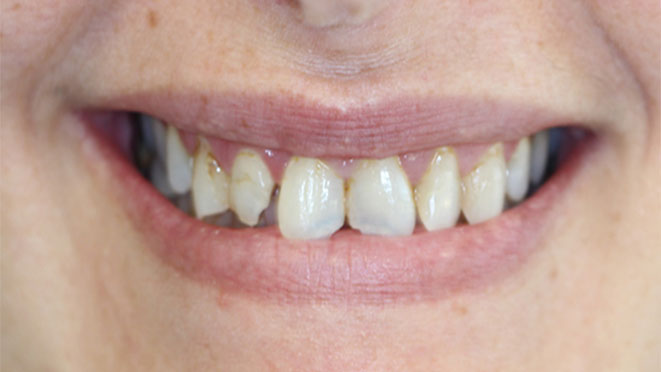
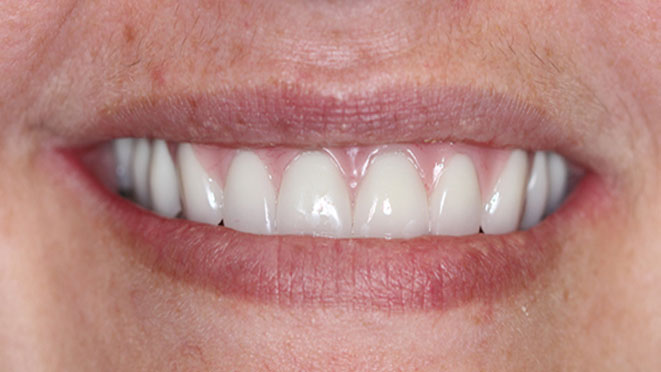
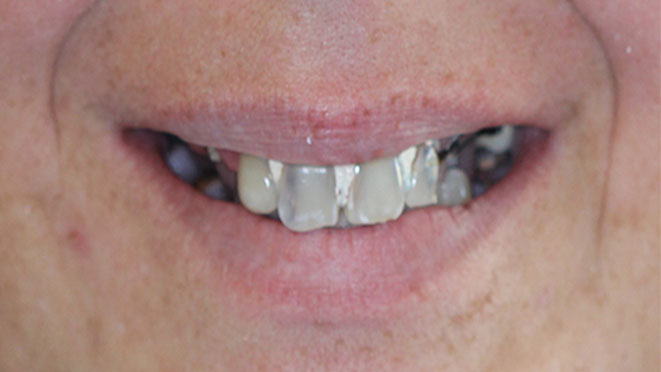
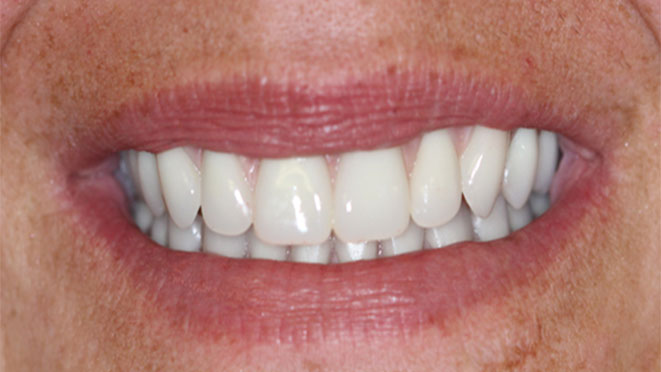
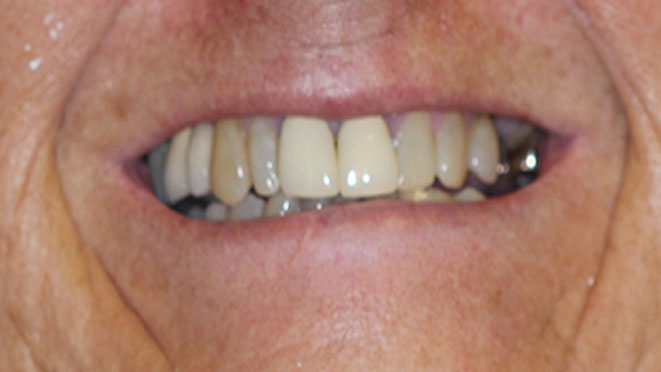
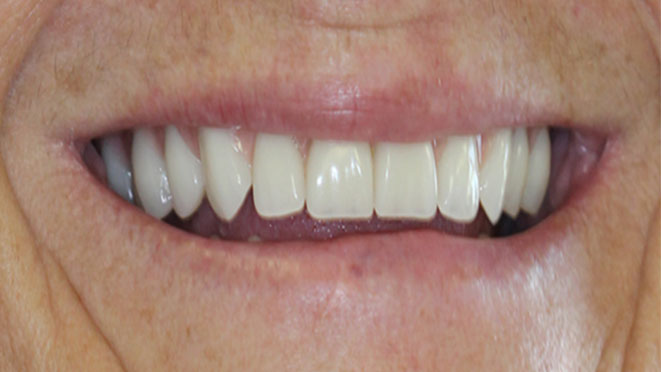
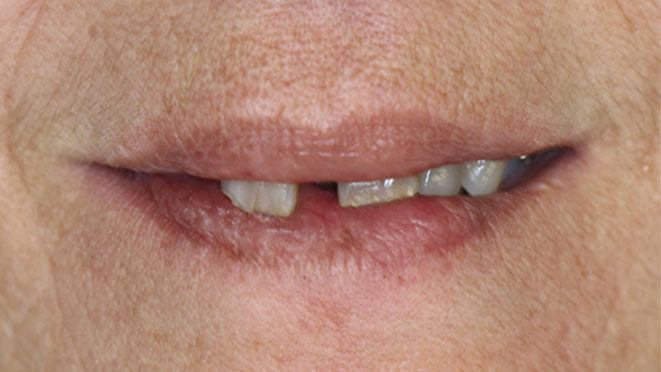
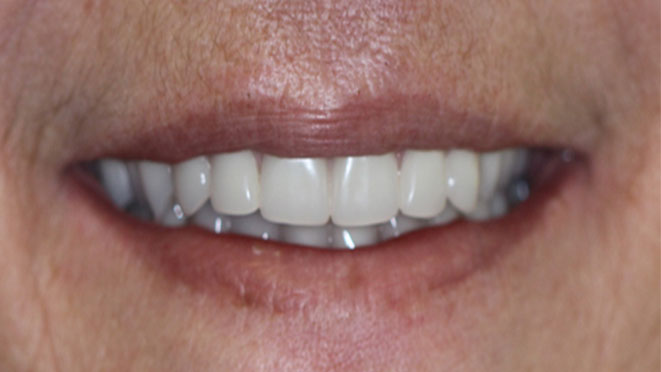
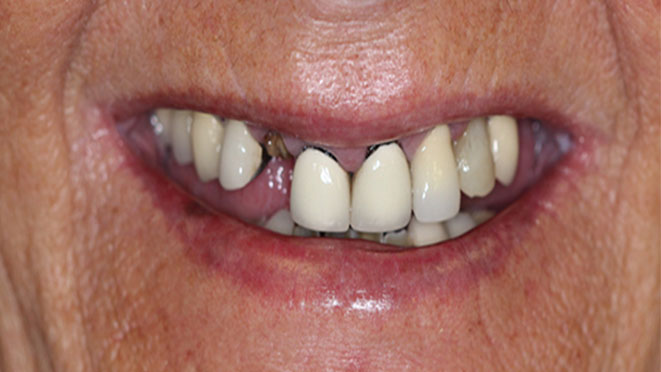
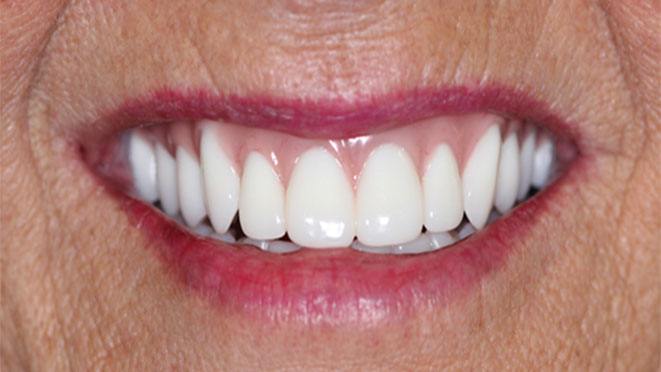
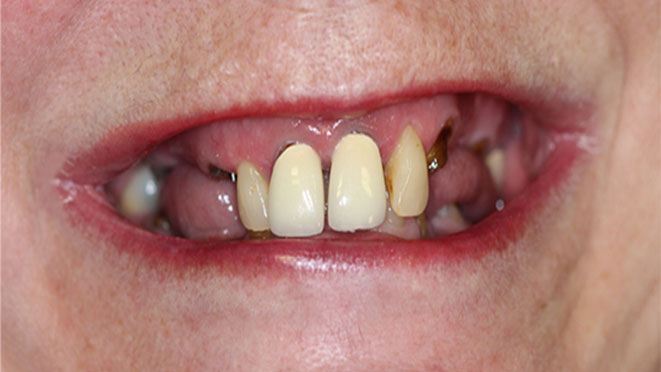
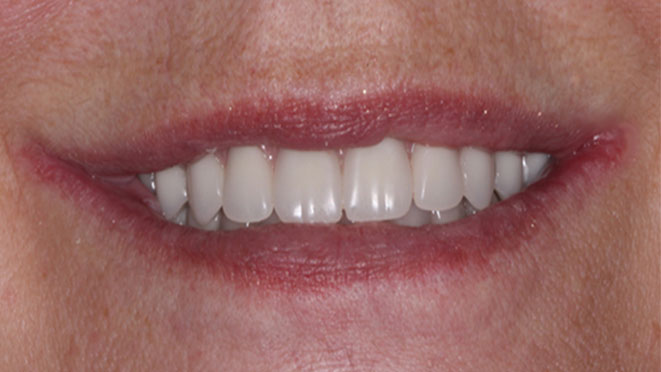
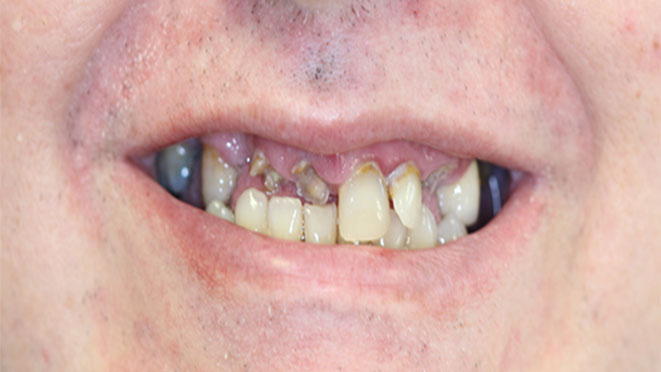
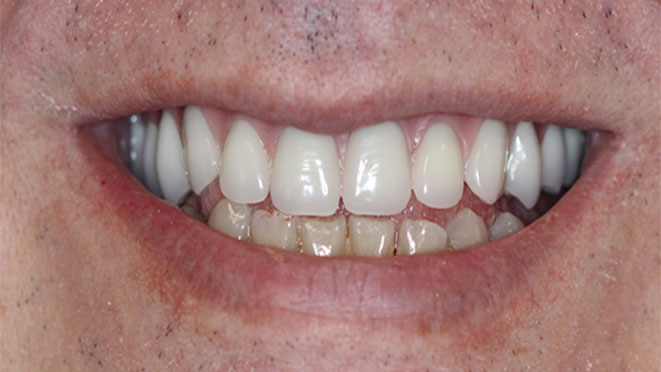




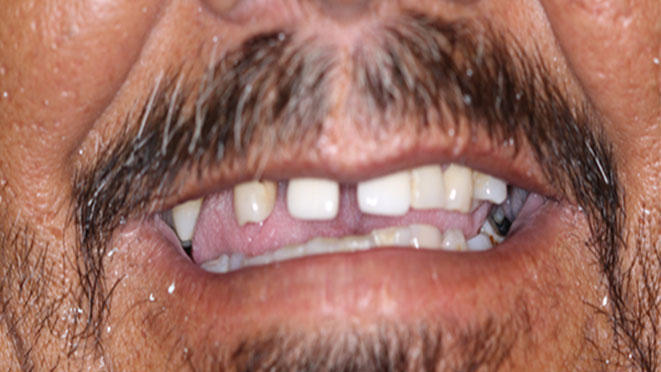
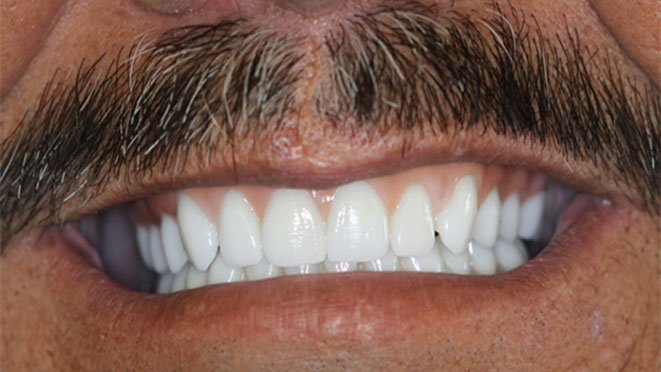
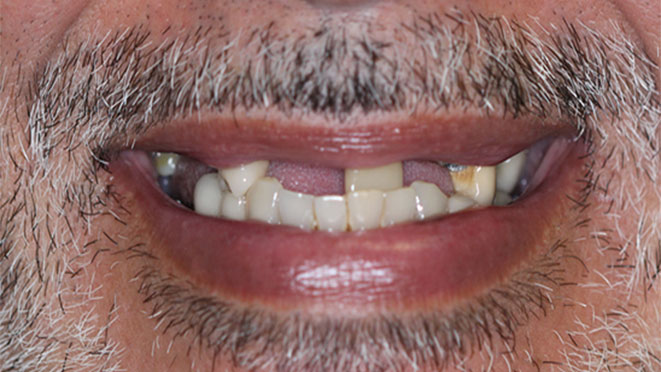
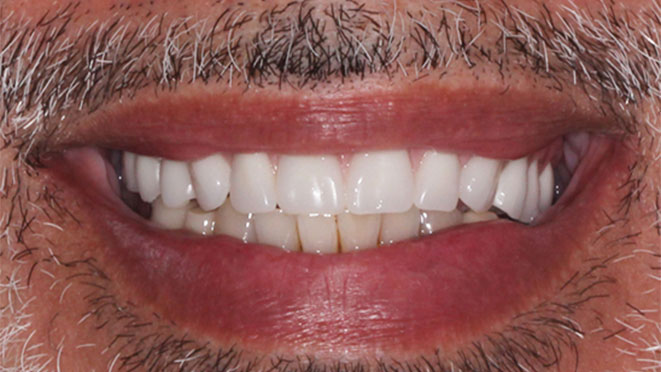
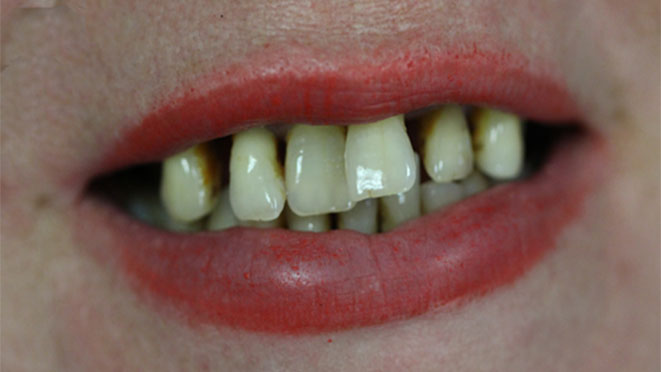
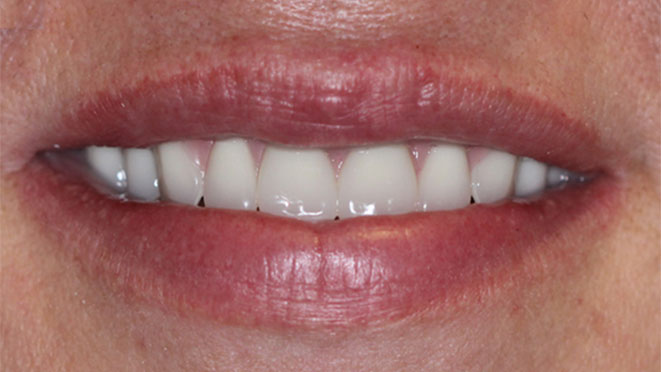
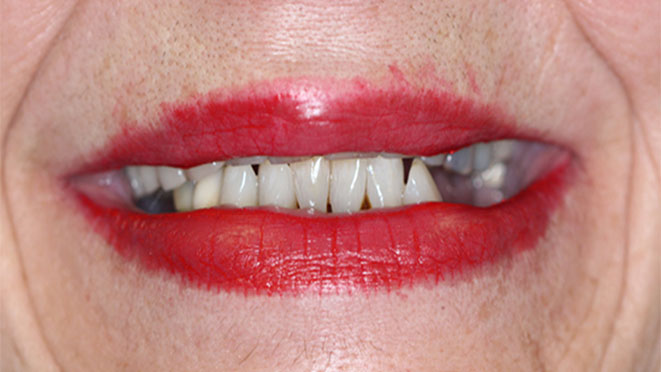
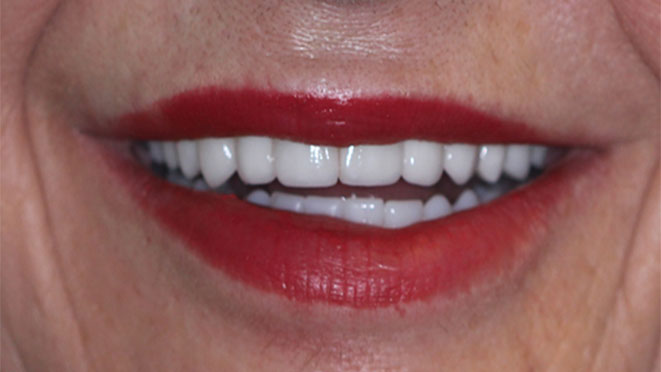
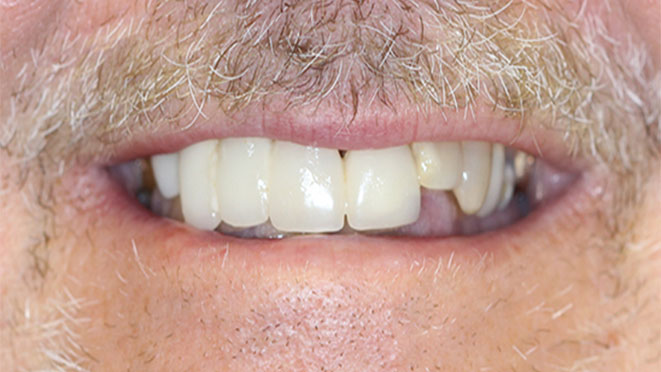
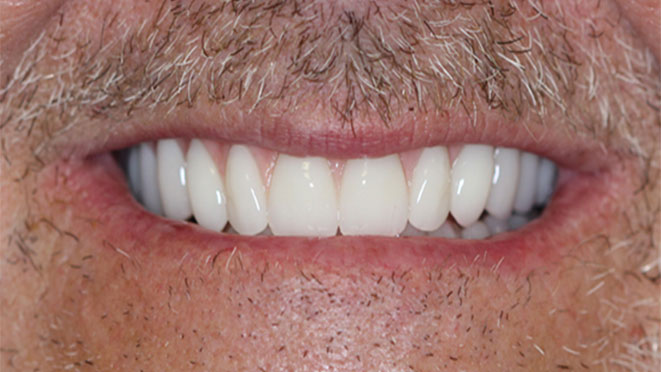
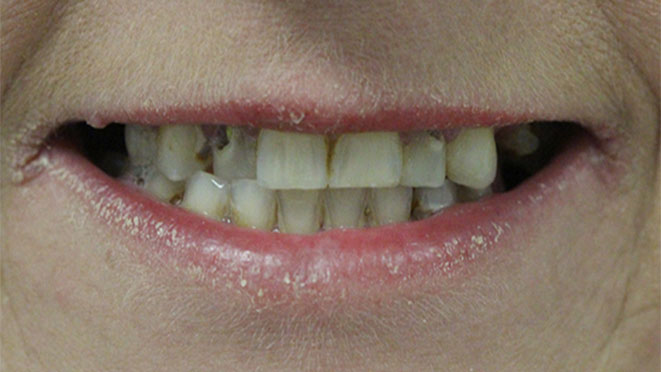
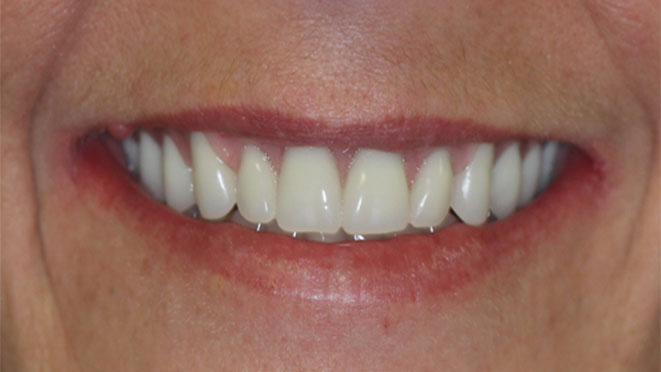
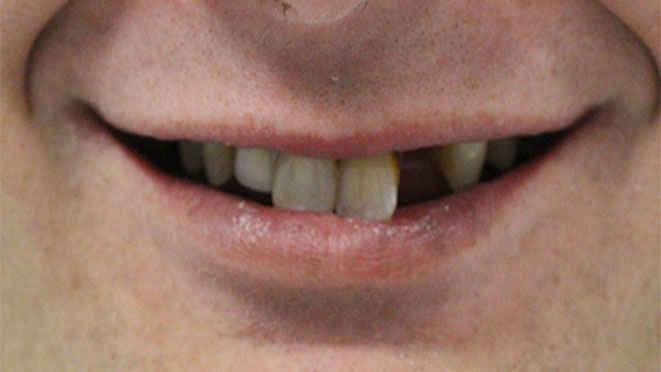
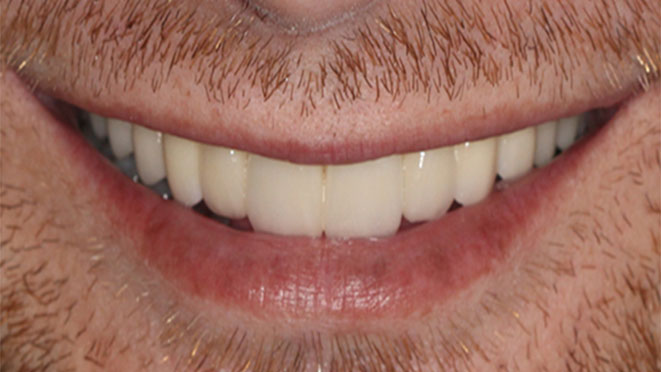
I’m a new patient at advanced dentistry and so far I’m very satisfied with the service provided. I came in for wisdom teeth extraction and they did a great job! The staff is very friendly, knowledgeable, and helpful. Today I came back for a check up and the dental assistant Jocelyn was so sweet and helpful. She was so inviting and made me feel very comfortable coming back in. She met my needs and really made me feel like she cares about my well being. She made sure that I left with the care that I need for my extraction. She was excellent and she is a great addition to advanced dentistry!
This is the smile of the happiest woman in Dallas! We aren’t even done with the full process but Dr. Echeto gave me a great temporary solution so I could look my best on my big day. Doctor Echeto, Jocelyn, and Leon made sure I was right and I can’t thank them enough 💕They made the process so easy, and I didn’t have any of my normal “fears of the dentist”. They were extremely gentle and patient with me and answered all of my questions with no hesitation. All the staff are friendly, and the office always super clean. I would highly recommend this place to everyone looking for dental treatment!
I had gone to this dental clinic 3 times and they were very king and understanding with any setbacks I had to make for my appointments. They helped me get my gums and teeth better since the last time I went to the dentist was a while back. They also provide complementary water and sparkling water. The people here were so kind and in touch with each other making sure they are all doing great. Which helped me feel better and got rid of a bit of my nerves. They had also helped me set up a payment plan and give me a more affordable coverage. Much love to the people here.
I’ve been going here since 2018 with Dr Kaar, who was great! since his retirement, I fell into the hands of Dr. Echeto, who is ABSOLUTELY AMAZING, from the moment you meet her, it’s ALL about YOU and what YOU, she won’t stop until you’re happy && I’m pleased to say after round 2 of having my teeth redone, I AM EXTREMELY HAPPY with the final results. I would like to thank LEON for being AMAZING-AMAZING! He is so kind, funny && informative && just all around THE BEST of THE BEST! I’m truly grateful for the team I ended up with this go round! ⭐️⭐️⭐️⭐️⭐️⭐️⭐️⭐️⭐️⭐️⭐️⭐️⭐️⭐️⭐️⭐️⭐️
If I could give 1000 stars I would!
Doctor Echeto and Jocelyn are so incredibly nice and professional.
You can tell they really know what they’re doing. Both were extremely gentle and patient with me throughout a very lengthy process. I got 10 crowns so it took many hours and a few visits but it was worth it.
Dr Echeto was really thorough and perfectionist which I really appreciate!
I’ve been smiling non stop and i love how natural they look!!
I would recommend this place to everyone looking for dental treatment!!
I had a wonderful experience. I have alot of health issues and no body would help me for over 20 years. Dr Fadi said he had meds that were safe for me to have to get the oral surgery I desperately needed. They walked thru the entire process with me and took several breaks to make sure I was ok, comfortable and in no pain. I can ago to a Dentist for normal cleaning and whatever else may come up for the first time in a very long time. Leon held my hand and made sure I was good. He provided kindness and helped with my anxiety. If you want excellent care from start to end this is the place.
Working with Advanced Dentistry to get my wisdom teeth removed was the best decision I've made! Everyone who works there was extremely kind and understanding that this was my first time on my own getting work done. Every person I met with had given me excellent service and talked me though the process. Special thanks to my surgeon Dr. Ricci for the wonderful job he did, and to Dr. Fadi for explaining the surgery to me and being very kind and patient with my questions. As well as my assistants Vanessa and Yoli for helping me relax and being superstars as well. Thank you all! ❤
I just started coming to Advanced Denistry and so far it has been a great experience. This was my 2nd visit I had Dr. Echto and she was assisted by Tanika. Both we very kind, and gentle. They made sure I was comfortable the entire time and they took care of my fillings pretty quickly! My first visit was consult and cleaning and I had the same care that day as well. Cost, very reasonable and they didn't tell me I needed a bunch of work done that wasn't necessary, which I have experienced at previous dentists.
Thank you guys!
ERICA IS THE BEST IV SPECIALIST. The way the she did it was absolutely amazing and left no bruises. I would highly recommend this place. Also, Yoli was great as well. She was very caring and amazing at making sure you are well taken care of. I had to pull out my upper wisdom teeth and everyone from the staff as well as the dentist were AMAZING. I can't express how grateful I am to find such an amazing place to take care of my wisdom teeth.
🙏🏻 I really do appreciate everything that was done to take care of my wisdom teeth.
